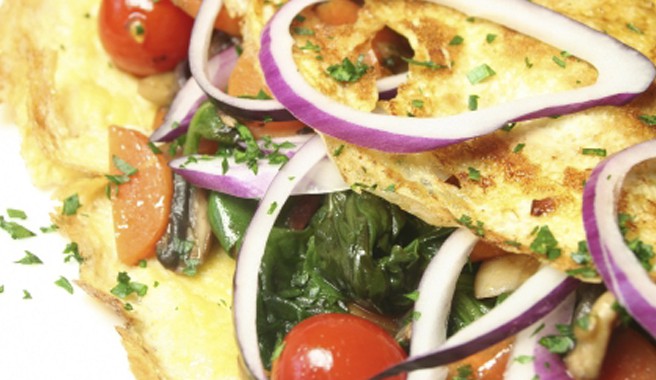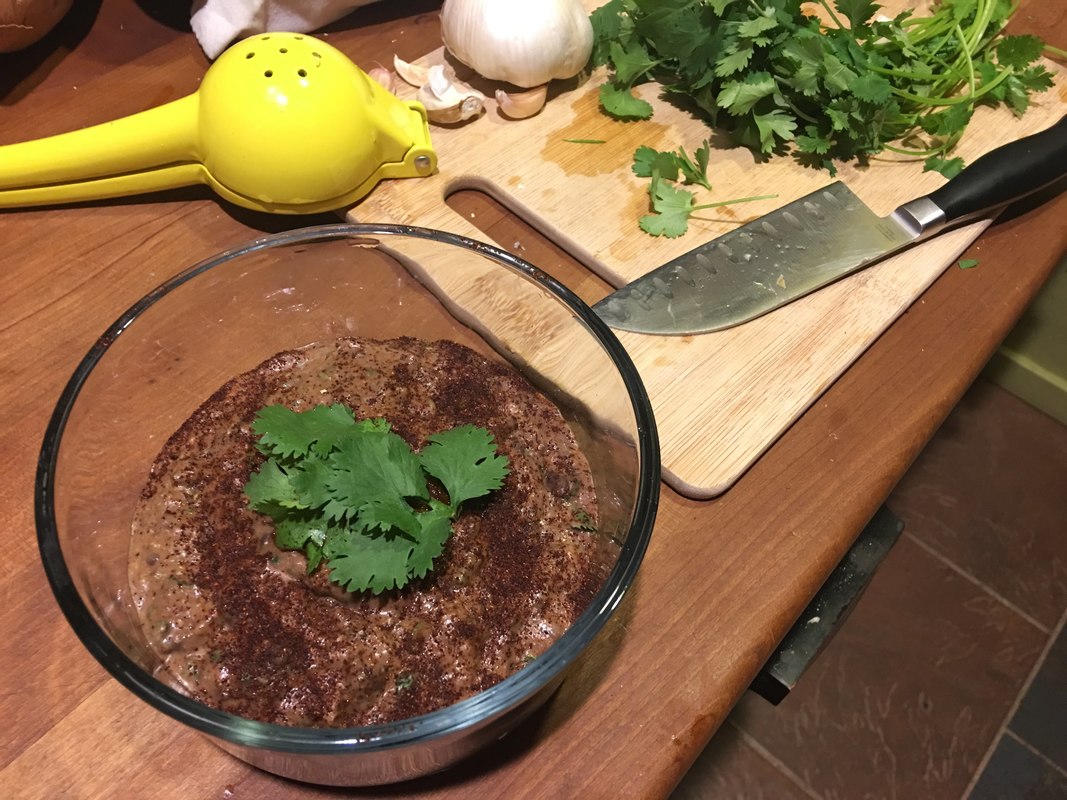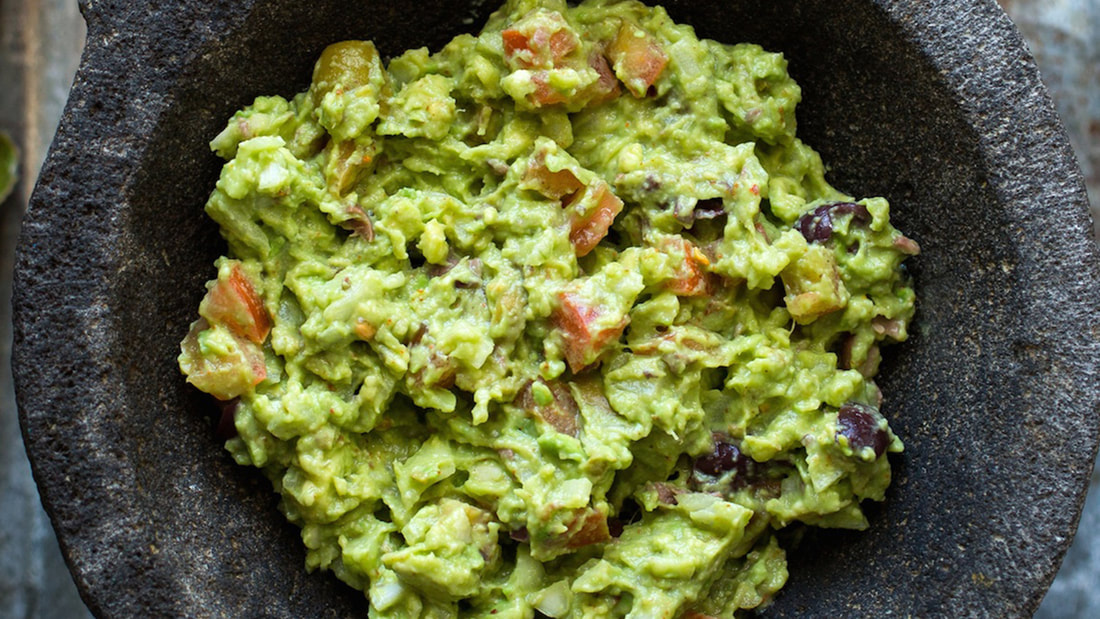|
Servings 2
20 min. prep time 10 min. cook time
Tips:
0 Comments
4-6 servings
12 hour prep time 2-3 hour cook time
Tips:
Holy Guacamole!
4 servings 20 min. prep time
optional additions:
Tips:
The ancient Egyptians believed garlic was not only bestowed with sacred qualities but enhanced endurance and strength. Throughout the millennia, garlic has been used for both culinary and medicinal purposes. Its unique taste and aroma is like no other. Garlic is considered a superfood because in addition to it being a rich source of many vitamins and minerals, it also contains unique sulfur compounds that contribute to its health benefits. These include thiosulfinates (such as allicin), sulfoxides (such as alliin), and dithiins (such as ajoene), phytonutrients that have antioxidant, heart-healthy, and anti-microbial properties. Nutrients and Health BenefitsHealth-Promoting Benefits
Researchers administered raw extracts of garlic to rodents and observed significantly reduced levels in cholesterol, triglycerides, and glucose. Raw garlic has a profound affect on these levels, compared to boiled garlic. These results suggest that garlic may play an important role in preventing atherosclerosis (Thomson, Al-Qattan, Bordia, & Ali, 2006). Selecting Garlic Selected the most flavorful garlic by looking for bulbs that are plump. Gently squeeze the bulb between your fingers; fresh garlic will feel firm with no trace of dampness. Selecting large cloves helps to make peeling easier. As with all vegetables, it is recommended to select organically grown garlic when possible. Avoid garlic that is soft, shriveled, and moldy or has begun to sprout. These may be indications of decay that will cause excess waste and inferior flavor and texture. Although garlic in flake, powder, or paste form may be more conventient, you will find that it has less flavor (it also has lost some of its health-promoting nutrients). Storing Garlic For the best flavor and nutrition, garlic should be enjoyed soon after it is purchased. The best way to store garlic is in an uncovered or loosely covered container in a cool dark place away from heat and bright light. This will help minimize its respiration rate and help keep garlic fresh for a longer period of time. Do not refrigerate garlic since moisture in the refrigerator will cause garlic to spoil. Refrigerating garlic causes it to soften and sprout, producing a bitter taste. Be sure to inspect the bulb frequently and remove any cloves that appear to be dried out or moldy. Once you break the head of the garlic and use some of the cloves, its shelf life becomes greatly reduced, and it will last only up to two weeks. Preparing Garlic The first step to using garlic is to separate the individual cloves. An easy way to do this is place the bulb on a cutting board and gently, but firmly, apply pressure with the palm of your hand at an angle. This is cause the layers of skin that hold the bulb together to separate. Do throw away sprouted garlic. If you don't want to use the sprouts, you can cut them off and just use the clove. If you see spots on the surface of the cloves, it is best to cut them off as they will have a bitter flavor. If you don't mind the bitterness, go ahead and use them as they are. Cooking Garlic Garlic is an important seasoning that adds aroma to your food and extra flavor and nutrition to your meal. Garlic is most pungent when eaten raw and milder when quickly cooked. For those individuals who cannot tolerate raw garlic, it is recommended to added chopped garlic to your vegetables while they are cooking. To help preserve flavor and nutrition, add garlic towards the end of the cooking process. Both flavor and nutrition can diminish as garlic cooks. Too much heat for too long will reduce the activity of the health-promoting sulfur compounds that have formed when you let the garlic sit for up to 5-10 minutes before cooking (Mukherjee et al., 2009). ReferencesBianchini, F. and Vainio, H. (2001). Allium Vegetables and Organosulfur Compounds: Do They Help Prevent Cancer?. Environmental Health Perspectives, 109(9), pp.893-902. https://www.ncbi.nlm.nih.gov/pubmed/11673117
Goncagul, G. and Ayaz, E. (2010). Antimicrobial Effect of Garlic (Allium sativum). Recent Patents on Anti-Infective Drug Discovery, 5(1), pp.91-93. https://doi.org/10.2174/157489110790112536 Mateljan, G. (2017). Garlic. [online] Whfoods.com. Available at: http://www.whfoods.com/genpage.php?tname=foodspice&dbid=60 [Accessed 2 Dec. 2018]. Mercola.com. (2017). What Is Garlic Good For? - Mercola.com. [online] Available at: http://foodfacts.mercola.com/garlic.html [Accessed 2 Dec. 2018]. Mukherjee, S., Lekli, I., Goswami, S. and Das, D. (2009). Freshly Crushed Garlic is a Superior Cardioprotective Agent than Processed Garlic. Journal of Agricultural and Food Chemistry, 57(15), pp.7137-7144. https://doi.org/10.1021/jf901301w Thomson, M., Al-Qattan, K. K., Bordia, T., & Ali, M. (2006). Including garlic in the diet may help lower blood glucose, cholesterol, and triglycerides. The Journal of Nutrition, 136(3), 800–802. Retrieved from http://jn.nutrition.org/content/136/3/800S.full |
This portal contains research, news, information, observations, and ideas at the level of self in an effort to address lifestyle applications.
Archives
June 2024
Categories
All
|
||||||||||||||||||






 RSS Feed
RSS Feed

